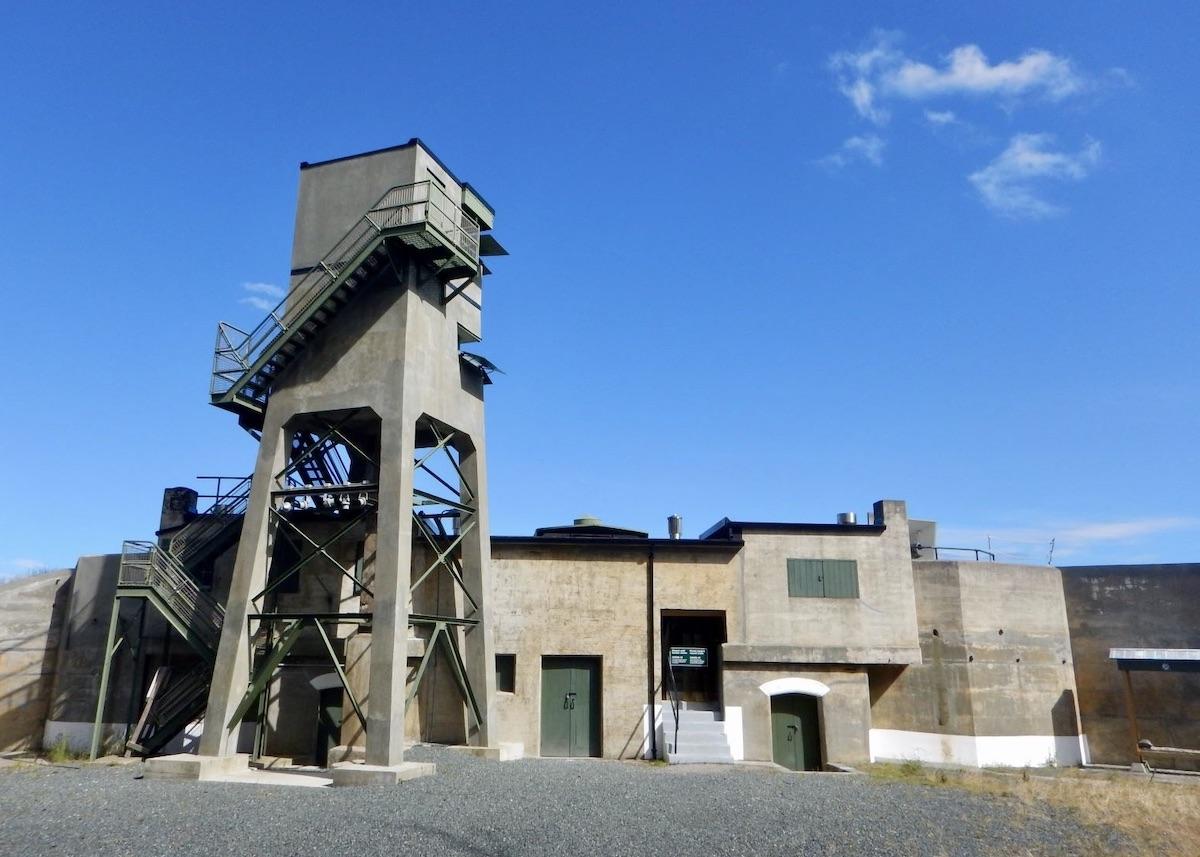
The Fisgard Lighthouse is one part of a double national historic site just west of Victoria/Parks Canada
One is a military site that commemorates the role of the Victoria-Esquimalt fortifications in defending Victoria and the Esquimalt naval base for nearly 80 years. The other was the first permanent lighthouse on Canada’s Pacific coast.
Fort Rodd Hill and Fisgard Lighthouse National Historic Sites on Vancouver Island are connected by a causeway and managed as a single unit. Now the public has until April 23 to weigh in on a shared draft management plan that will guide the next decade at the sites.
The last joint plan came out in 2003.

Fort Rodd Hill and Fisgard Lighthouse are two national historic sites connected by a causeway and managed as one/Parks Canada
A 2019 review revealed the sites need to pay more attention to their cultural resources (objects and archaeological sites) and built assets (including visitor facilities) while building and strengthening relationships with First Nations groups on whose land the sites are located. Parks Canada has since realized it needs to tackle site accessibility, transportation to the sites, greening of operations and climate change mitigations.
“The promotion of the sites needs to capture and integrate the full range of cultural and natural resources that are protected and presented, and the full range of amenities and programs that are offered,” the 16-page plan states. “In addition to a military fort and lighthouse, the sites also offer other opportunities related to outdoor space, ecosystems, First Nations, camping and more.”
There are no public transportation options, bus routes or bike lanes to get to the sites, which are just 14 kilometres (8.7 miles) west of Victoria. Signage from downtown needs work.

The Belmont Battery at Fort Rodd Hill National Historic Site/Parks Canada
Greater Victoria is a crowded and competitive tourism market that attracts an international cruise market and about three million visitors a year. Parks Canada plans to increase collaboration with nearby attractions to encourage tourists to leave downtown and travel west to the sites showcasing Canada’s military and maritime heritage.
The sites are within the homelands of the Songhees and Esquimalt Nationas, known as the Lekwungen-speaking peoples, and the lands and waters around them are an “ecologically, culturally and spiritually important place” to the Coast Salish First Nations.
The sites showcase abandoned military structures and a lighthouse that dates back to 1859 and is still active and managed by the Canadian Coast Guard. In 2015, Parks Canada invested more than $10 million ($7.9 million USD) to repair, stabilize and waterproof the fortification’s heritage structures.

The Lower Battery at Fort Rodd Hill/Parks Canada
“The blend of moss-covered trees, layered history, and ocean views create a sense of wonder as visitors explore gun batteries or platform tents, walk nature trails, and contemplate Coast Salish Welcome Posts that acknowledge and honour First Nations’ cultures and relationships with the land and water,” reads the plan.
The sites offer historic weapon demonstrations, children’s dress-up programs with interpreters in period costumes, displays, and star gazing and outdoor movie events. There are five oTENTiks (roofed accommodations) and learn-to-camp experiences.

The Garry Oak Learning Meadow in bloom/Parks Canada
The sites protect imperilled Coastal Douglas Fir ecosystems, including the Garry Oak ecosystem, a managed cultural landscape that supports a Kwetlal (food) system for First Nations. The Garry Oak Learning Meadow, established in 2016 with native species replacing grass lawn, acts as a “living classroom.”
Peak season is early May to mid-October, but some people visit from mid-October to April when guided tours, programs and special events are limited.
The sites typically drew about 70,000 visitors a year until that number went up to more than 98,000 during Canada’s 150th birthday in 2017, and then down due to pandemic restrictions. The goal now is to attract 100,000 visitors a year while boosting repeat, year-round visits by locals.

 Support Essential Coverage of Essential Places
Support Essential Coverage of Essential Places



